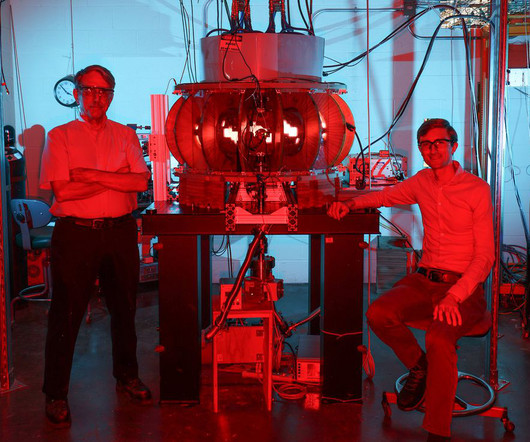Researchers propose CO2 recycling to improve Fischer-Tropsch GTL efficiency and reduce total CO2 emissions
Green Car Congress
JUNE 21, 2014
Researchers in South Korea are suggesting two new carbon-dioxide-utilized Gas-to-Liquids processes (CUGP) to increase the overall efficiency of conventional Fischer-Tropsch GTL. In this case, about 30% CO is converted to CO 2 due to WGS reaction. T catalysts, which can convert CO 2 to CO by not only dry reforming but also RWGS.












Let's personalize your content